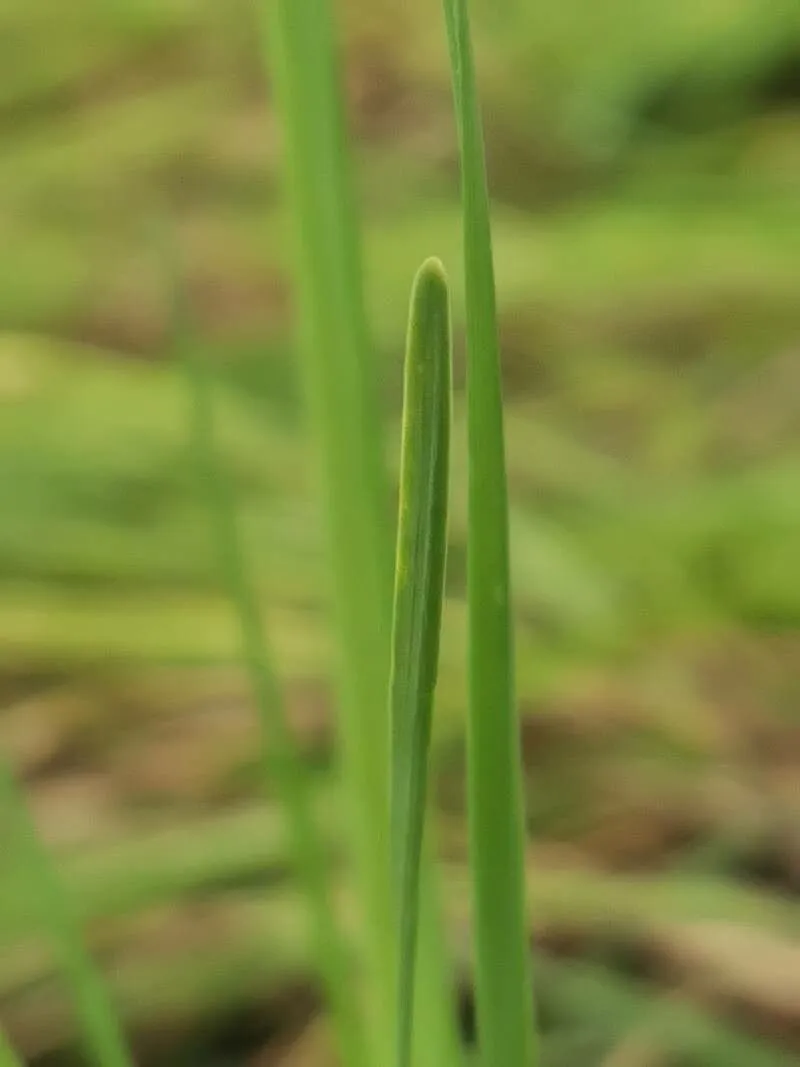
Author: L.
Bibliography: Sp. Pl.: 296 (1753)
Year: 1753
Status: accepted
Rank: species
Genus: Allium
Vegetable: Unknown
Observations: C. Asia to Russian Far East
Fragrant garlic, known scientifically as Allium ramosum and first described by the renowned botanist Carl Linnaeus in his seminal work “Species Plantarum” published in 1753, is a notable species within the family Amaryllidaceae. This aromatic plant is inherently tied to the regions stretching from Central Asia to the Russian Far East, indicating its resilience and adaptability to diverse climatic conditions.
Belonging to the diverse and widely appreciated Allium genus, fragrant garlic shares the characteristic features that make alliums such as onions, garlic, and chives globally significant. The plant is prized not only for its culinary applications but also for its ornamental value due to its robust and vibrant inflorescences.
Fragrant garlic stands out for its distinctive scent, which, as the name suggests, carries a delightful garlicky aroma that can enhance the flavor profile of various dishes. This characteristic aroma is a result of sulfur compounds that are released when the plant tissues are disturbed, a trait commonly found in many Allium species.
The vegetative morphology of Allium ramosum includes linear leaves that are flat rather than cylindrical, setting it apart from its close relatives. The plant’s flowers are typically white or pink, clustered in umbels, and each individual flower is star-shaped, contributing to its aesthetic appeal in gardens and landscapes.
In traditional use, fragrant garlic has been utilized not only for its flavor but also for its perceived medicinal properties. Throughout history, various cultures within its native range have employed the plant in folk remedies, attributing to it benefits such as boosting immunity and aiding in digestion.
Cultivating Allium ramosum is relatively straightforward, as the plant is hardy and can thrive in a variety of soil types, provided they are well-draining. It prefers a sunny position but can tolerate partial shade. The plant multiplies through seed propagation or by division of the bulbs, allowing gardeners to easily sustain and expand their collection.
In summary, the fragrant garlic (Allium ramosum) is a versatile and aromatic species with deep roots in Central Asian and Russian horticulture. Its enduring popularity from ancient times through to modern culinary and medicinal practices speaks volumes about its valued status among Allium species.
Swe: doftlök
Eng: fragrant garlic, fragrant onion, fragrant-flower garlic
Deu: ästiger lauch
Nld: chinese bieslook
En: Fragrant garlic, Fragrant onion, Fragrant-flower garlic, Кулча
Zh: Ye jiu, 野韭
Nl: Chinese bieslook
Fi: Tuoksulaukka
De: Ästiger Lauch
Is: Snælaukur
Ko: Butschu
Mn: Гогод
Pl: Czosnek wonny
Ru: Luk Vetvistyi, Лук ветвистый
Sv: Doftlök
© copyright of the Board of Trustees of the Royal Botanic Gardens, Kew.
© copyright of the Board of Trustees of the Royal Botanic Gardens, Kew.
© copyright of the Board of Trustees of the Royal Botanic Gardens, Kew.
Taken Oct 3, 2022 by Joey F (cc-by-sa)
Taken Oct 3, 2022 by Joey F (cc-by-sa)
Taken Oct 3, 2022 by Joey F (cc-by-sa)
Taken Oct 3, 2022 by Joey F (cc-by-sa)
Family: Myrtaceae Author: (F.Muell.) K.D.Hill & L.A.S.Johnson Bibliography: Telopea 6: 402 (1995) Year: 1995 Status:…
Family: Rubiaceae Author: Pierre ex A.Froehner Bibliography: Notizbl. Bot. Gart. Berlin-Dahlem 1: 237 (1897) Year:…
Family: Sapindaceae Author: Koidz. Bibliography: J. Coll. Sci. Imp. Univ. Tokyo 32(1): 38 (1911) Year:…
Family: Asteraceae Author: A.Gray Bibliography: Pacif. Railr. Rep.: 107 (1857) Year: 1857 Status: accepted Rank:…
Family: Fabaceae Author: Medik. Bibliography: Vorles. Churpfälz. Phys.-Ökon. Ges. 2: 398 (1787) Year: 1787 Status:…
Family: Aspleniaceae Author: (Cav.) Alston Bibliography: Bull. Misc. Inform. Kew 1932: 309 (1932) Year: 1932…